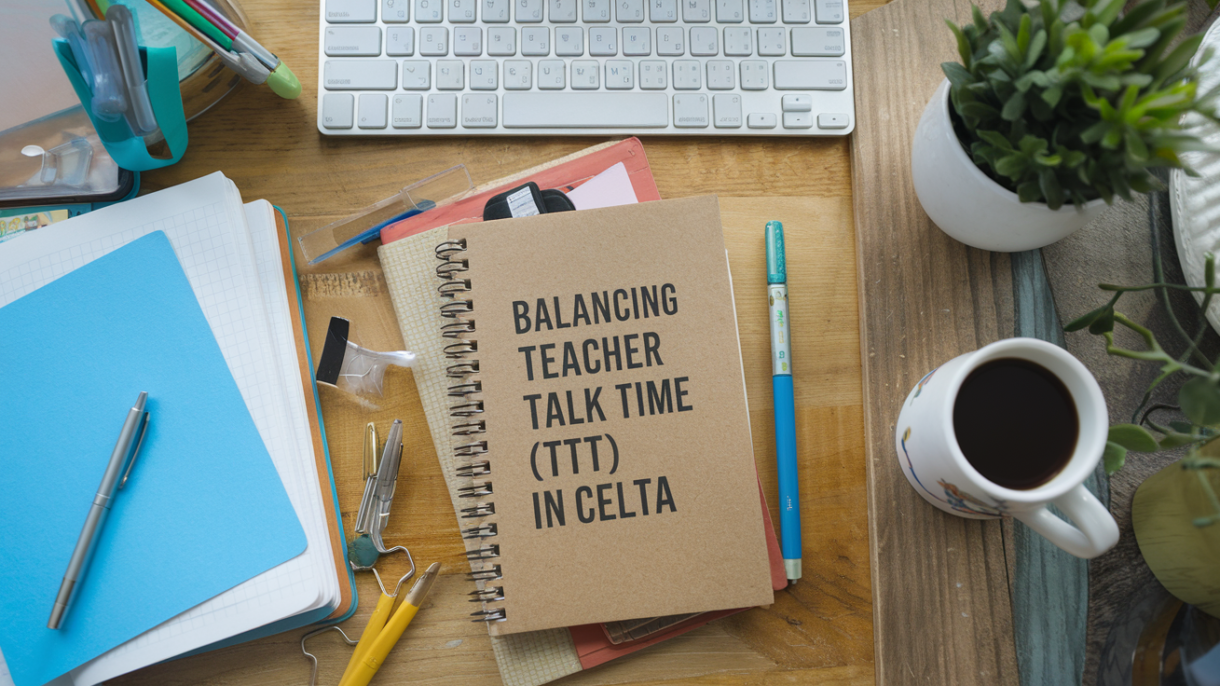
Table of Contents
Introduction
As a CELTA tutor, one of the most common pieces of advice I give to trainees is to carefully manage and reduce their teacher talk time (TTT). In my experience, it’s one of the most effective ways to create a student-centered classroom, promote language acquisition, and encourage active learning. While it’s tempting for new teachers to explain concepts at length or over-direct classroom activities, doing so can actually hinder students’ learning. Understanding when to step back and let students take the lead is crucial for developing their language skills.
Balancing TTT is not just about talking less for the sake of it; it’s about creating an environment where students are actively involved in their own learning.
Why Reducing Teacher Talk Time Is Important
Balancing TTT is not just about talking less for the sake of it; it’s about creating an environment where students are actively involved in their own learning. Language learners need time and space to practice speaking, process new information, and engage with the material. If a teacher dominates the classroom conversation, it can limit students’ opportunities to use the language themselves. By reducing TTT, we shift the focus from the teacher to the learners, which is key to communicative language teaching. This approach aligns with the core principles of the CELTA course, where the aim is to develop learner autonomy and maximize student participation.
Ideal TTT to STT Ratio
While there’s no universally agreed-upon perfect ratio, many language teaching experts recommend aiming for a balance of approximately 20-30% Teacher Talk Time (TTT) to 70-80% Student Talk Time (STT). This ratio ensures that students have ample opportunities to practice and use the target language. However, it’s important to note that this ratio can vary depending on the lesson stage, teaching context, and student proficiency levels. For example, during a presentation stage, TTT might naturally be higher, while during practice or production stages, STT should dominate.

Understanding the Principles Behind Less TTT
At its core, reducing TTT is about fostering a learner-centered environment where students have the chance to use and practice the target language. The goal is to make the classroom a space where the learners are the ones talking, experimenting, and making mistakes, while the teacher takes on more of a facilitative role. This doesn’t mean that the teacher’s input isn’t valuable—far from it. But it does mean that unnecessary explanations, over-explaining instructions, or talking “at” students should be avoided. Instead, teachers should guide, prompt, and elicit more, allowing students to actively engage in meaningful communication.
For instance, one of the strategies I recommend to my trainees is to give instructions succinctly and use concept-checking questions (CCQs) or instruction-checking questions (ICQs) to ensure that students understand. This not only reduces TTT but also ensures that students are clear on what they need to do without excessive explanation.
Quality of TTT
While reducing the quantity of TTT is important, ensuring its quality is equally crucial. Effective TTT should be:
- Varied: Use a range of intonation patterns and speaking speeds to maintain student engagement and model natural speech.
- Clear and concise: Use simple, direct language appropriate to the students’ level.
- Graded: Adjust your language complexity based on the students’ proficiency.
- Purposeful: Every instance of teacher talk should have a clear objective, whether it’s to model language, give instructions, or provide feedback.
- Interactive: Even when explaining, try to involve students through elicitation and concept-checking questions.
Practical Examples of Balancing TTT in the Classroom
In practice, reducing TTT can be applied in several ways, depending on the classroom context. For example, during a speaking activity, rather than stepping in frequently to correct errors or add input, I advise trainees to let the conversation flow and allow students to self-correct. Teachers can make a note of common errors and address them after the activity in a brief feedback session, rather than interrupting student talk.
Another scenario might be during a grammar lesson. Instead of spending too long on teacher-led explanations of grammar rules, it’s more effective to engage students through eliciting the rules from example sentences. This ensures they are actively involved in deducing the language structure rather than passively receiving the information.
In my experience, I’ve noticed that new teachers sometimes fear silence in the classroom and feel the need to fill it with their own words. However, those quiet moments are essential for students to process the language and come up with responses. A simple adjustment, such as waiting for students to formulate their thoughts without immediately stepping in, can make a big difference.
Challenges Trainees Face in Reducing TTT
While the concept of reducing TTT might sound simple, it’s one of the most challenging aspects for CELTA trainees to master. One common issue is the fear that students won’t understand the material if the teacher doesn’t explain it thoroughly. This often leads to over-explanation or repeating the same point in different ways, which not only increases TTT but also takes away valuable practice time from students.
Another challenge is the natural tendency to want to control the flow of the lesson. New teachers often feel responsible for ensuring that the class stays on track, and this can result in them dominating the conversation. To overcome this, I advise trainees to plan their lessons with specific moments where students are given full control—such as group discussions, pair work, or student-led activities. Additionally, observing experienced teachers manage their talk time effectively can help trainees gain confidence in stepping back.
Benefits for Learners
The ultimate beneficiaries of balanced TTT are, of course, the learners. When teachers reduce their talking time, students gain more opportunities to practice speaking, which is crucial for language acquisition. Active participation leads to better retention of new vocabulary, grammar, and functional language. Moreover, when learners are given space to express themselves, they feel more confident and empowered in their language learning journey.In addition, reducing TTT allows for more dynamic and varied classroom activities, such as pair work and group discussions. These interactions are vital for building communication skills and fluency, especially in a language classroom where practice is the key to success.
TTT Across Proficiency Levels
The appropriate amount of TTT can vary depending on the students’ language proficiency: Beginner levels: Slightly more TTT might be necessary to provide clear models of the target language and ensure comprehension of instructions. However, even at this level, teachers should focus on using simple language and incorporating more student practice time. Intermediate levels: As students become more proficient, TTT should decrease. Teachers can elicit more information from students and encourage peer teaching opportunities. Advanced levels: At higher proficiency levels, TTT should be minimal. The teacher’s role shifts more towards facilitating discussions, providing advanced language input, and offering feedback on complex language use.
Balancing teacher talk time is one of the most important skills for CELTA trainees to master, and it has a profound impact on the success of a language lesson. By reducing unnecessary talk and giving students more opportunities to communicate, teachers create a more engaging and effective learning environment. I encourage all CELTA trainees to be mindful of their TTT, reflect on their practice, and always aim to make their classrooms as learner-centered as possible. When teachers strike the right balance, students thrive, becoming more confident and capable language users.
Want to learn more about TTT and classroom management? Check out my “CELTA Prep” course. This online course, created by experienced CELTA trainer Ahmad Zaytoun, offers practical strategies to help you prepare for CELTA. The course is useful whether you’re a CELTA trainee or an experienced teacher who wants to revise.




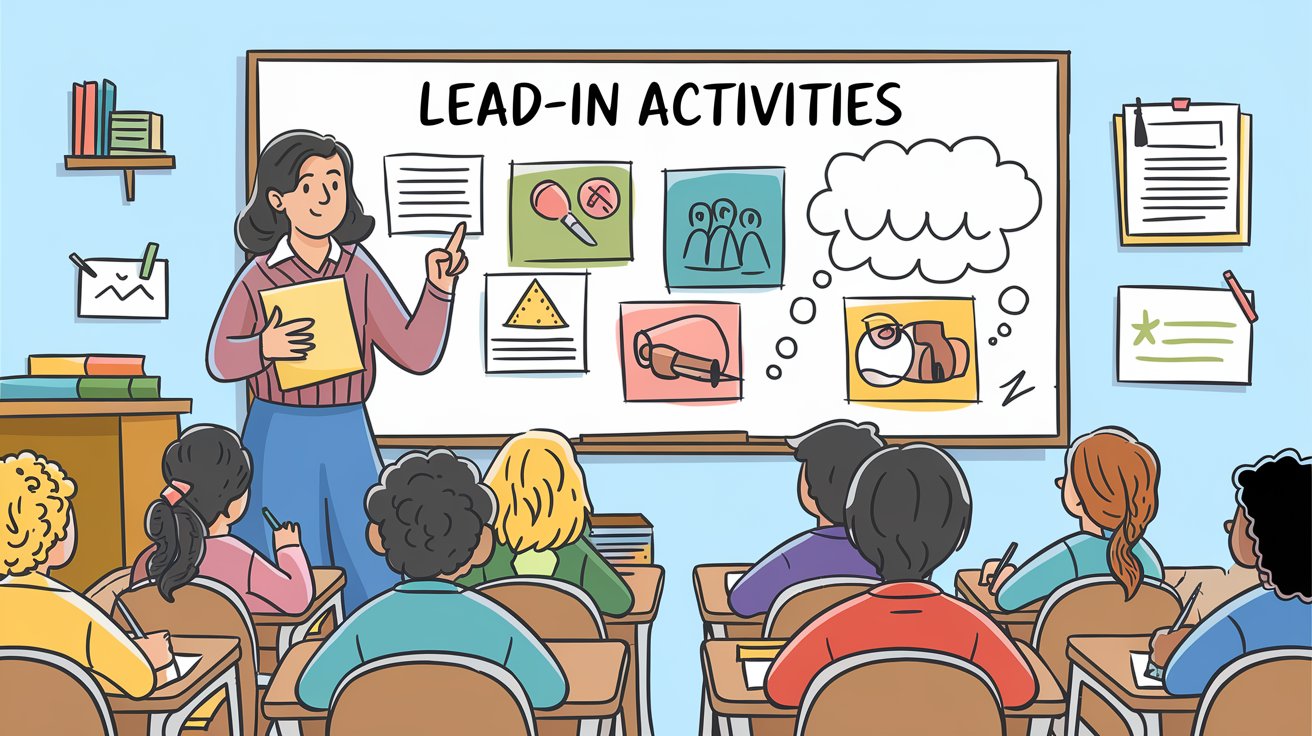
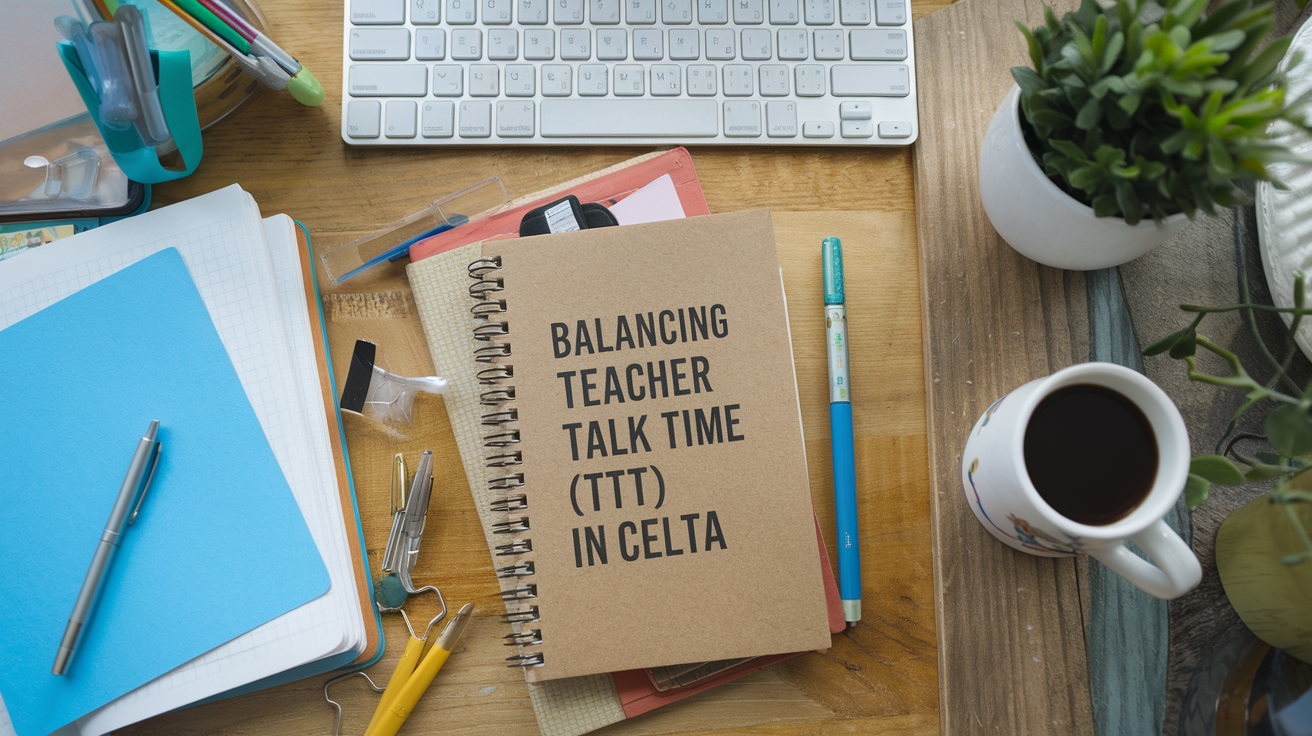

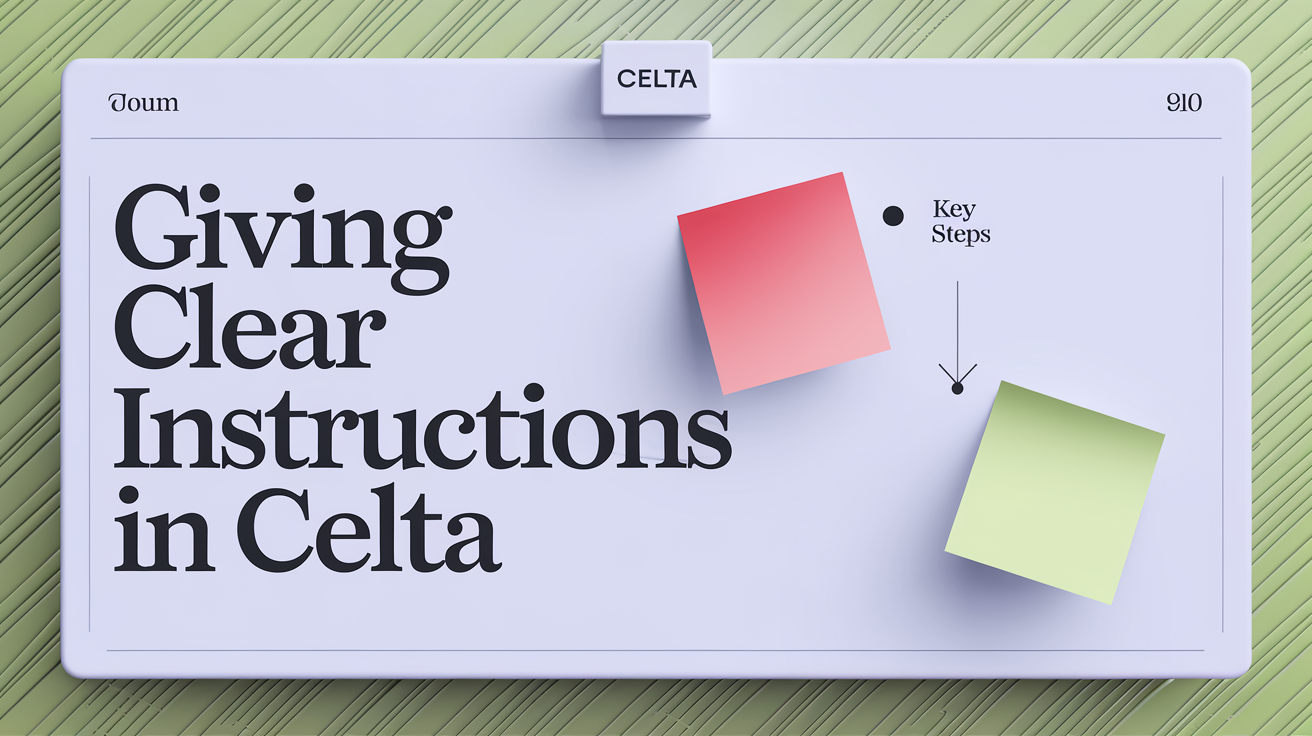
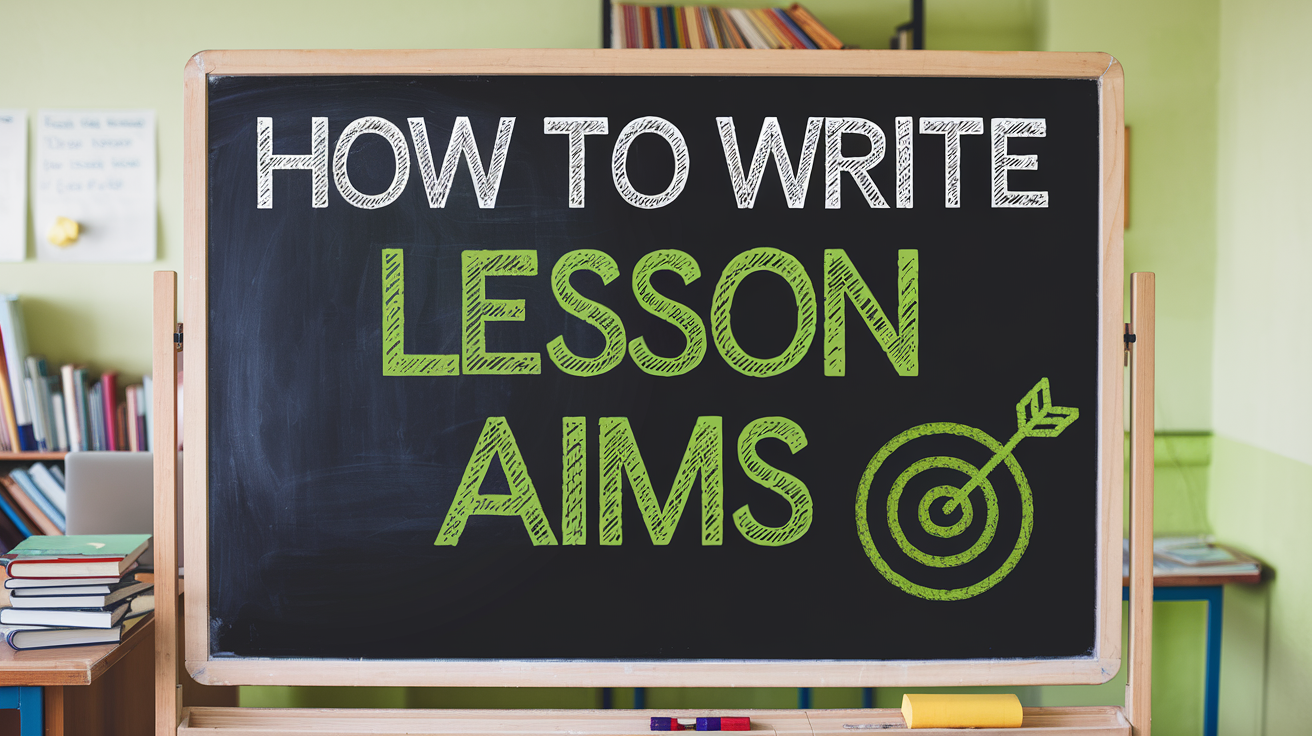
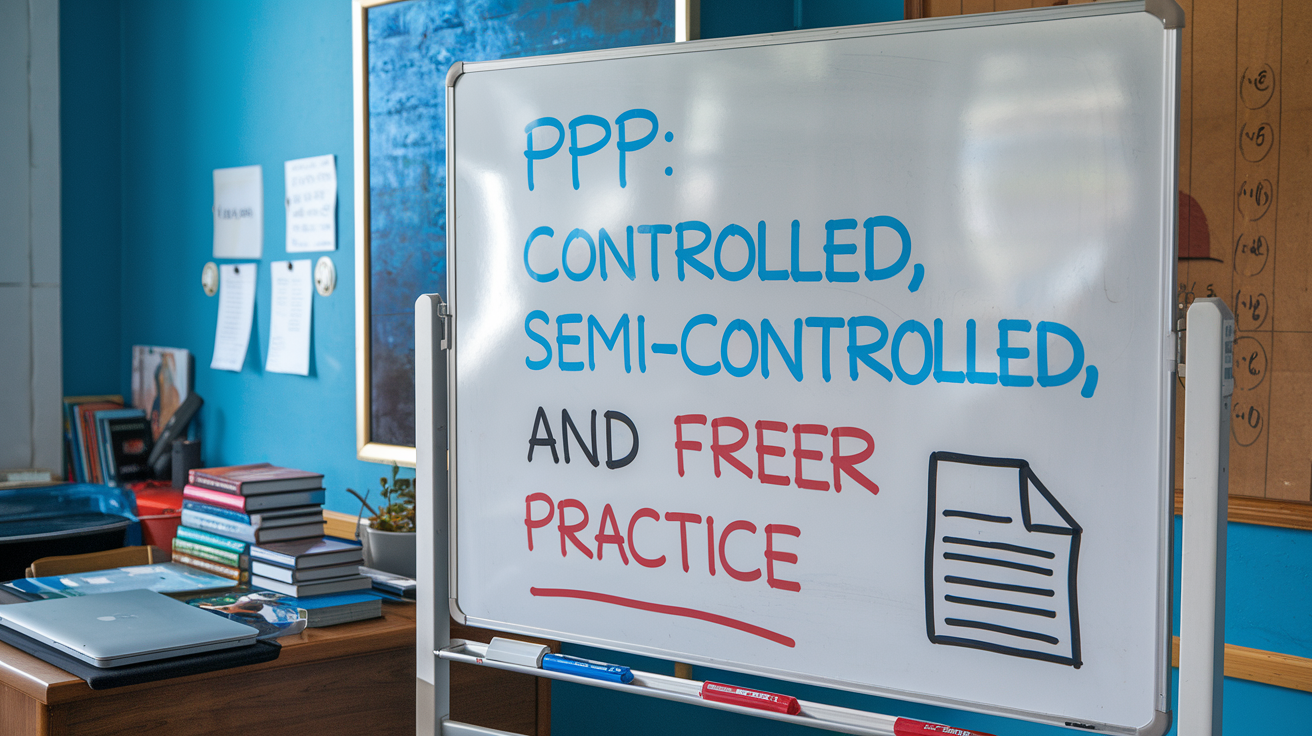
0 Comments